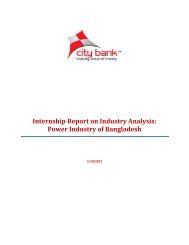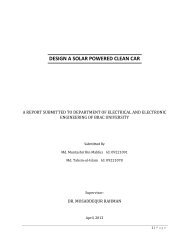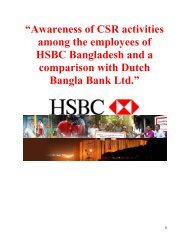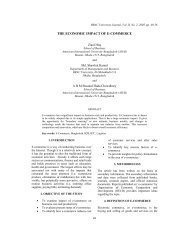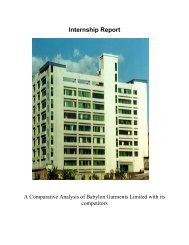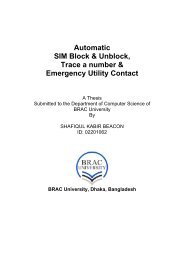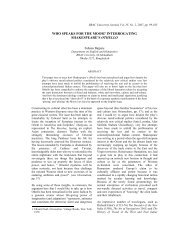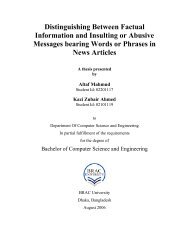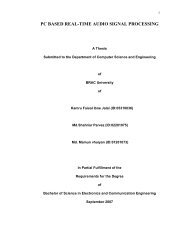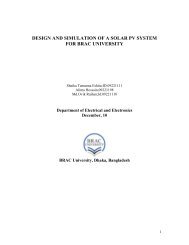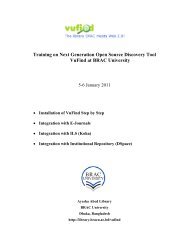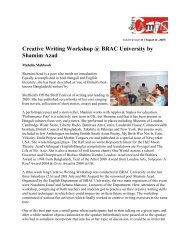LITERATURE SURVEY OF AUTOMATIC FACE RECOGNITION ...
LITERATURE SURVEY OF AUTOMATIC FACE RECOGNITION ...
LITERATURE SURVEY OF AUTOMATIC FACE RECOGNITION ...
Create successful ePaper yourself
Turn your PDF publications into a flip-book with our unique Google optimized e-Paper software.
CHAPTER XV<br />
CLASSIFYING THE <strong>FACE</strong>S<br />
The process of classification of a new (unknown) face Гnew to one of the<br />
classes (known faces) proceeds in two steps.<br />
First, the new image is transformed into its eigenface components. The<br />
resulting weights form the weight vector Ω T new.<br />
The Euclidean distance between two weight vectors d ( Ωi, Ω j) provides a<br />
measure of similarity between the corresponding images i and j. If the Euclidean<br />
distance between Гnew and other faces exceeds on average some threshold<br />
value Θ, one can assume that Гnew<br />
is no face at all. d ( Ωi, Ω j) also allows one to<br />
construct ”clusters” of faces such that similar faces are assigned to one cluster.<br />
is done,<br />
Then computation of the distance between the face and its reconstruction<br />
ξ 2 = ||rrm rs || 2<br />
After this we have to distinguish between face and nonface images, by<br />
applying these conditions on our calculated result. The conditions are:<br />
1. If ξ ≥ Θ,<br />
then the image is not a face.<br />
2. If ξ < Θ and εi ≥ Θ,<br />
then it’s a new face.<br />
3. If ξ < Θ and min { εi} < Θ,<br />
then it’s a known face.<br />
56



